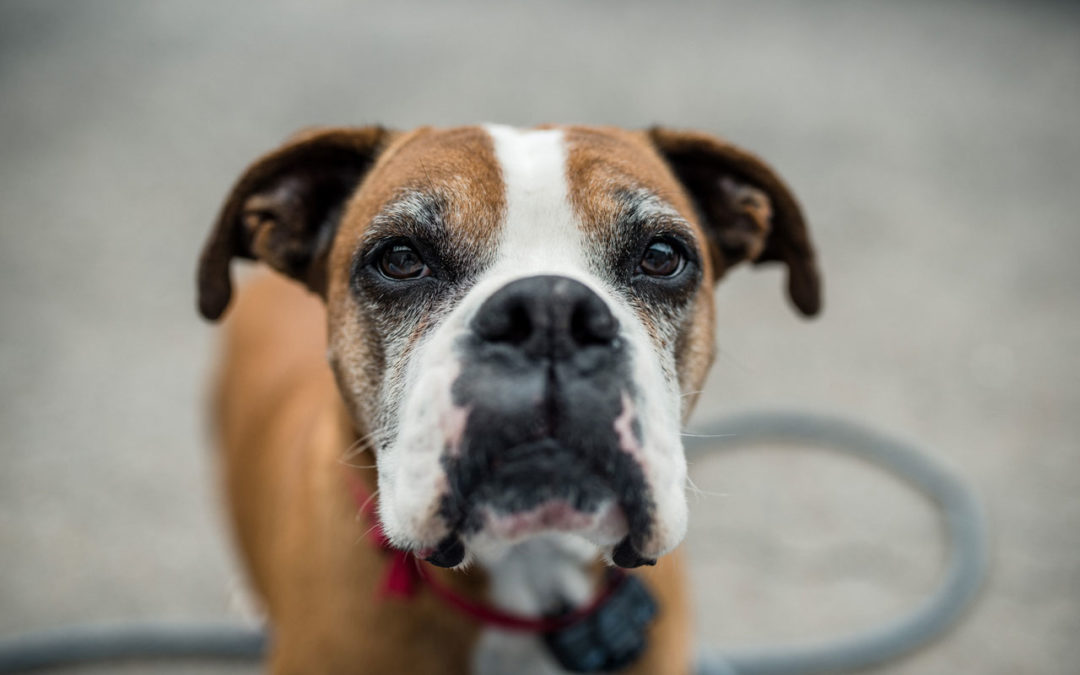
Dogs and cars do not mix well. Special care needs to be taken when walking your dog near any road, particularly a busy one that gets a lot of traffic. Some dogs are inclined to chase cars (a moving target that puts their prey drive into first gear), and a dog gnashing away at the tyres may not be clearly visible to the driver. Dogs can also dart in front of a moving car, giving the driver little time to react to avoid hitting your pet. It is important to know what to do should your dog get struck by a car, as quick thinking in an emergency situation such as this could save your pet’s life.
Safety First
If your dog gets hit by a car, the first thing to do is to get the stricken dog and yourself off the road to a safe area as soon as possible. If there are other people nearby, you may need to ask for assistance, either to flag down traffic or to help carry your pet to safety.
Bear in mind that your pet is likely to be in shock and pain, and in such a state may be inclined to lash out in self-defence. If the poor dog appears anxious, distressed or aggressive create a muzzle out of anything you have available to prevent being bitten. For example, a scarf, dog leash, sock, shoe lace or rag can be used to safely secure your dog’s muzzle to prevent him from biting while you help him. Should your dog appear to be struggling to breathe, refrain from using a muzzle. Rather wrap him in a blanket or towel, taking care to keep your face and hands away from his mouth.
Once your pet is safely off the road, check for open wounds and bleeding, covering any wounds with a clean cloth and applying gentle pressure to slow any bleeding; then call for assistance or a transport vehicle if there is none readily available.
Moving an Injured Dog
Smaller dogs can be lifted off the road and carried to safety. Wrapping the injured animal in a towel or blanket will help to keep it warm and secure. Larger, heavier dogs can be trickier to move off the road and into a vehicle. A strong blanket can serve as a makeshift stretcher to move larger dogs that have severe injuries or that are too weak to walk. Carefully manoeuvre the injured dog onto the blanket, which can be carried by two or more people. A blanket can also be used as a makeshift sling to support a dog that has an injured leg but is still capable of walking.
Once the injured dog has been carried to a vehicle, contact the nearest veterinary clinic, notifying them of your emergency and the approximate time you will arrive at the clinic. Provide any information that can help the veterinary team prepare for the patient ahead of your arrival. Let them know whether the dog has any specific injuries; for example, a head injury, whether it is bleeding, or whether it is struggling to breathe. This will allow them to assemble any emergency equipment that may be needed, such as oxygen masks, intravenous fluids, x-ray machines and medication for pain relief, in preparation for your arrival.
Even if your dog is showing no outward signs of injury after being struck by a car, it is vitally important that you get a vet to check it over as soon as possible, as it may have internal injuries that could be life threatening if left untreated.
Veterinary Treatment
Upon your arrival at the veterinary hospital, a vet will assess your pet’s injuries and discuss treatment options with you. Common injuries include lacerations, fractured bones, head injuries, ruptured bladder, chest injuries that can cause breathing difficulties and internal bleeding.
Depending on the extent of your pet’s injuries, your pooch may need to undergo surgery or be treated for shock. The veterinarian will recommend the most appropriate medical treatment options, providing an estimate of the associated costs, as well as the likely prognosis for recovery.
While many injuries that are sustained as a result of being hit by a car are life threatening, many can be treated with an excellent chance of the injured pet making a full recovery. Injuries such as head or spinal injuries can cause long-term problems such as paralysis, seizures or behavioural changes that affect the dog for the rest of its life. Other injuries such as fractured or dislocated bones are likely to require surgery, and the dog may also benefit from therapy to help rehabilitate and strengthen the injured limb/s over time.
Prevention is Better than Cure
The sad reality is that many dogs that are struck by cars don’t survive. The following safety tips can help prevent your dog from being hit by a car in the first place:
Safety Tips
- Train your dog to “sit” and “stay” at the front door and/or front gate adjoining the roadside to prevent your pet from running onto the road.
- Never leave your dog unattended in an unenclosed yard.
- Walk your dog on a lead when walking near a road and keep an eye out for passing traffic if using an extendible lead.
- To prevent your dog from jumping out of your car, ensure car windows are not open too wide.
- Also consider keeping your dog securely enclosed in a dog crate or attached to a safety harness when traveling in the car with you.
- Dogs are frequently hit by a car in their own driveway. Always ensure that your pets are well clear before reversing your vehicle out of the driveway.
If your dog has the misfortune of being hit by a car but is fortunate enough to sustain non-fatal injuries, his chance of survival is that much greater having a human that is calm and adequately prepared by his side during his ordeal.